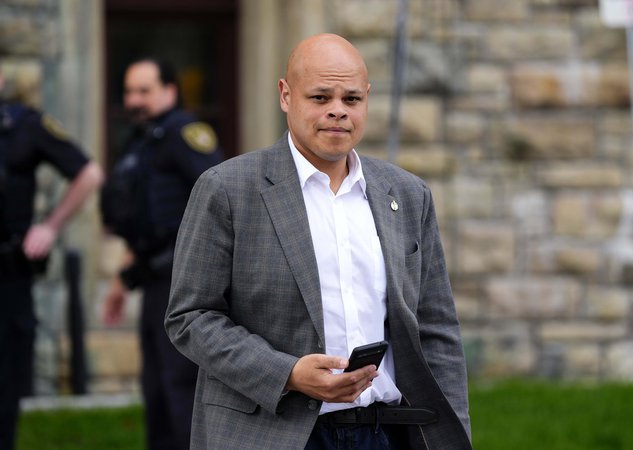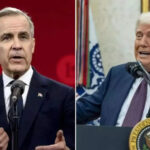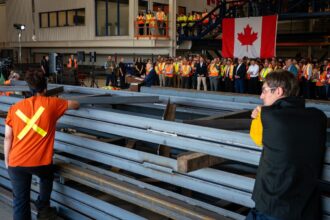In the shadow of President Trump’s sweeping tariff announcements, Canada finds itself in a precarious position—with a significant gap in its leadership roster just when economic coordination is most critical. Conservative MP Jamil Jivani has sounded the alarm on what he characterizes as a glaring absence in Prime Minister Trudeau’s cabinet: the vacant Labour Minister position that has remained unfilled since April’s unexpected resignation.
“At this pivotal moment when Canadian workers face uncertainty from cross-border trade disruptions, we’re operating without a dedicated Labour Minister to coordinate our national response,” Jivani told CO24 News in an exclusive interview yesterday. “This isn’t just an administrative oversight—it’s a failure to prioritize the protection of Canadian livelihoods.”
The concerns come as President Trump’s administration moves forward with implementing a 25% tariff on all Canadian exports entering the United States, representing the most significant trade action against Canada in decades. Economic analysts at the Royal Bank of Canada project potential job losses numbering in the tens of thousands if the tariffs remain in place through the final quarter of 2025.
The Prime Minister’s Office has defended its approach, with spokesperson Emma Richardson stating: “The responsibilities of the Labour portfolio are being managed collaboratively by the Minister of Employment and the Minister of Industry. Our government remains fully engaged with labor unions, industry leaders, and provincial counterparts during this challenging period.”
However, critics from both business and labor sectors question whether this distributed approach provides adequate focus. Canadian Labour Congress President Bea McMillan expressed frustration at what she described as “fragmented communication channels” during preliminary impact assessment meetings.
“When we’re talking about potential manufacturing shutdowns in Windsor, forestry disruptions in British Columbia, and aluminum sector contractions in Quebec, we need a single point person coordinating Canada’s worker protection strategy,” McMillan emphasized.
Data from CO24 Business analysis indicates the automotive, lumber, and energy sectors face the greatest vulnerability, with Statistics Canada estimating these industries employ over 745,000 Canadians whose jobs may be directly or indirectly affected by the tariff measures.
The situation appears particularly challenging in Ontario and Quebec, where integrated supply chains with American manufacturers have flourished under previous trade agreements. Provincial leaders have called for immediate federal coordination meetings, with Ontario Premier David Chen requesting “clear federal leadership on worker transition planning” should temporary layoffs become necessary.
Industry Minister Francois Blanc defended the government’s current structure in Parliament yesterday, stating: “Our administration is fully engaged across all departments. The absence of a single Labour Minister title does not reflect an absence of focus on protecting Canadian workers.”
Meanwhile, Jivani has proposed the Conservative Party’s alternative approach, suggesting a “Border Communities Protection Plan” that would provide targeted support to the most affected regions while Canada pursues diplomatic and legal challenges through World Trade Organization mechanisms.
“When communities from Windsor to Fort Frances are facing economic uncertainty, they deserve cabinet-level representation focused specifically on their challenges,” Jivani noted, referencing Canada News reports of manufacturing facilities already pausing expansion plans in border regions.
As diplomatic channels remain open between Ottawa and Washington, the question lingers: in this unprecedented trade confrontation, is Canada’s cabinet structure optimally designed to protect the interests of workers caught in the crossfire of international trade politics?

























